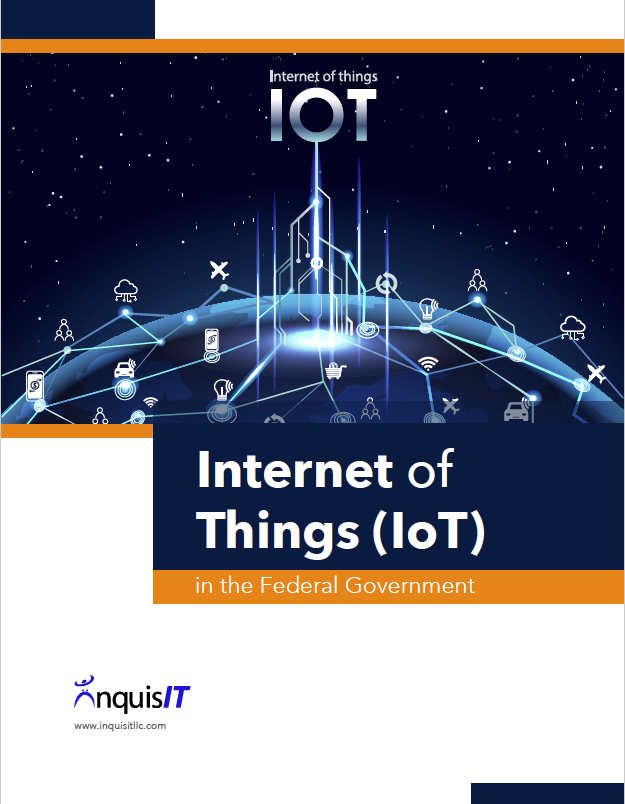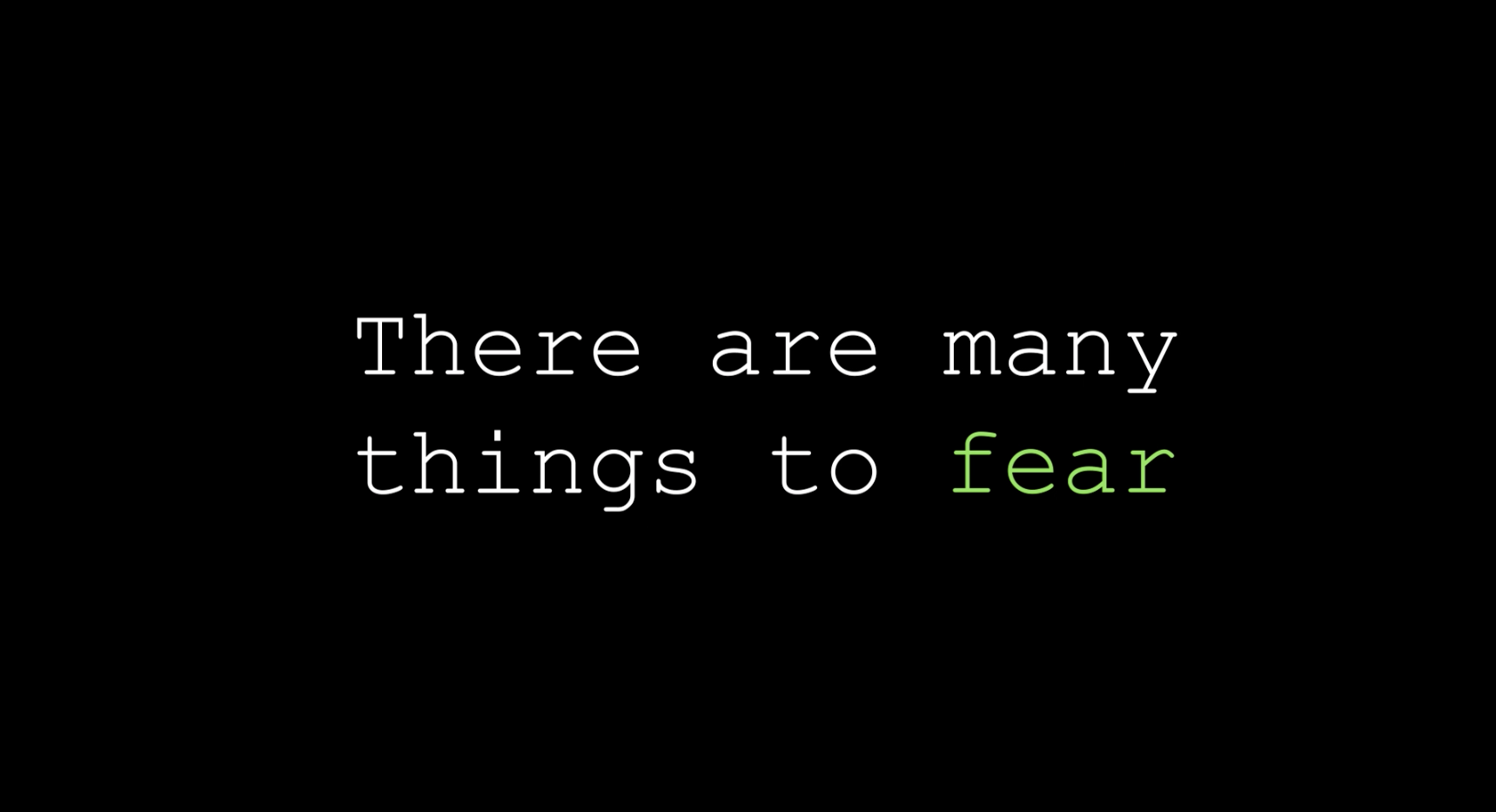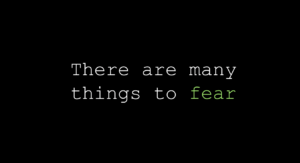The Internet of Things (IoT) is one of the most impactful IT innovations of our time. As consumers, we already encounter the IoT in our daily lives with “smart” items such as TVs, watches, and phones. As we journey further in time, IoT will become a ubiquitous aspect of life at home and in the workplace.
Gartner defines the IoT as “[…] the network of physical objects that contain embedded technology to communicate and sense or interact with their internal states or the external environment.”[1] More simply, IoT devices are computers (typically very small), that are embedded into an object to perform a function (e.g., collect data, run software) and connect to a network (e.g., the internet). For example, an IoT device could be an assembly line sensor capable of detecting minute deficiencies and determining when equipment needs repair. It could also be GPS-guided agricultural equipment that plants and harvests crops, or even personal fitness trackers that transmit data directly to primary care providers[2].
Adoption of IoT devices within the federal government has been underway for more than a decade, with early use cases typically being asset tracking and surveillance. As advancements are made in telecommunications and micro computing, use cases for IoT devices have expanded greatly and will continue to do so until they are a ubiquitous presence in federal operations. Management of these new fleets of IoT devices will present a significant challenge for federal IT enterprises, as it will become critical to monitor, maintain, and secure hundreds, thousands, or even millions of devices.
[1] https://www.gartner.com/en/information-technology/glossary/internet-of-things
[2] https://www.businessinsider.com/the-us-government-is-pouring-money-into-the-internet-of-things-2016-5







